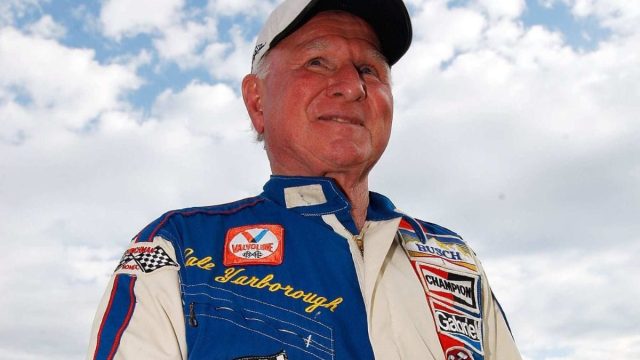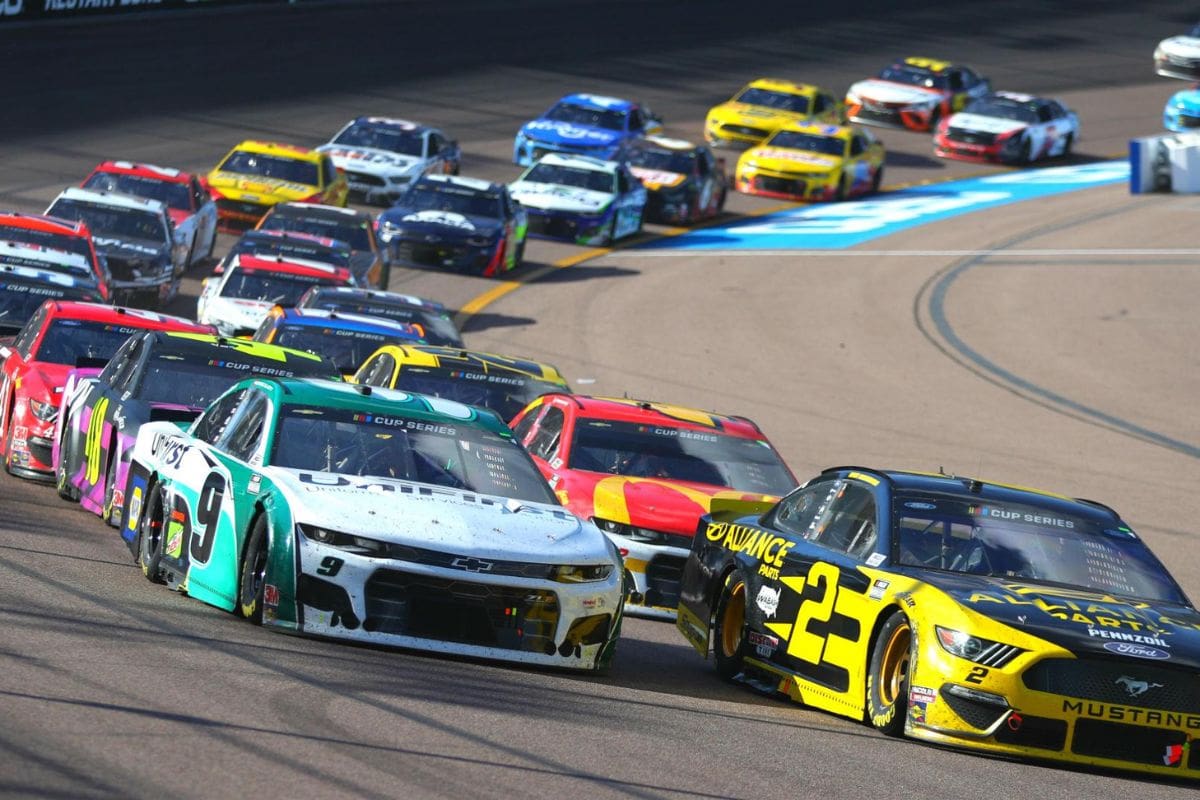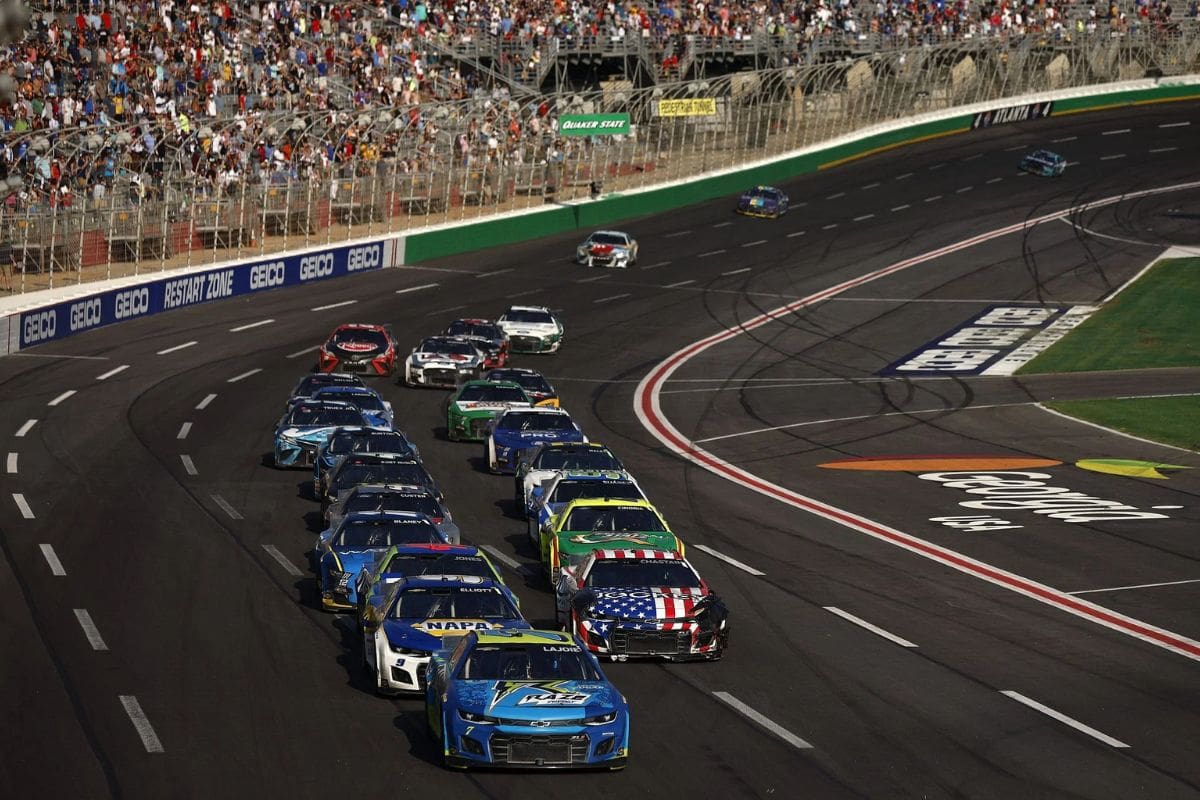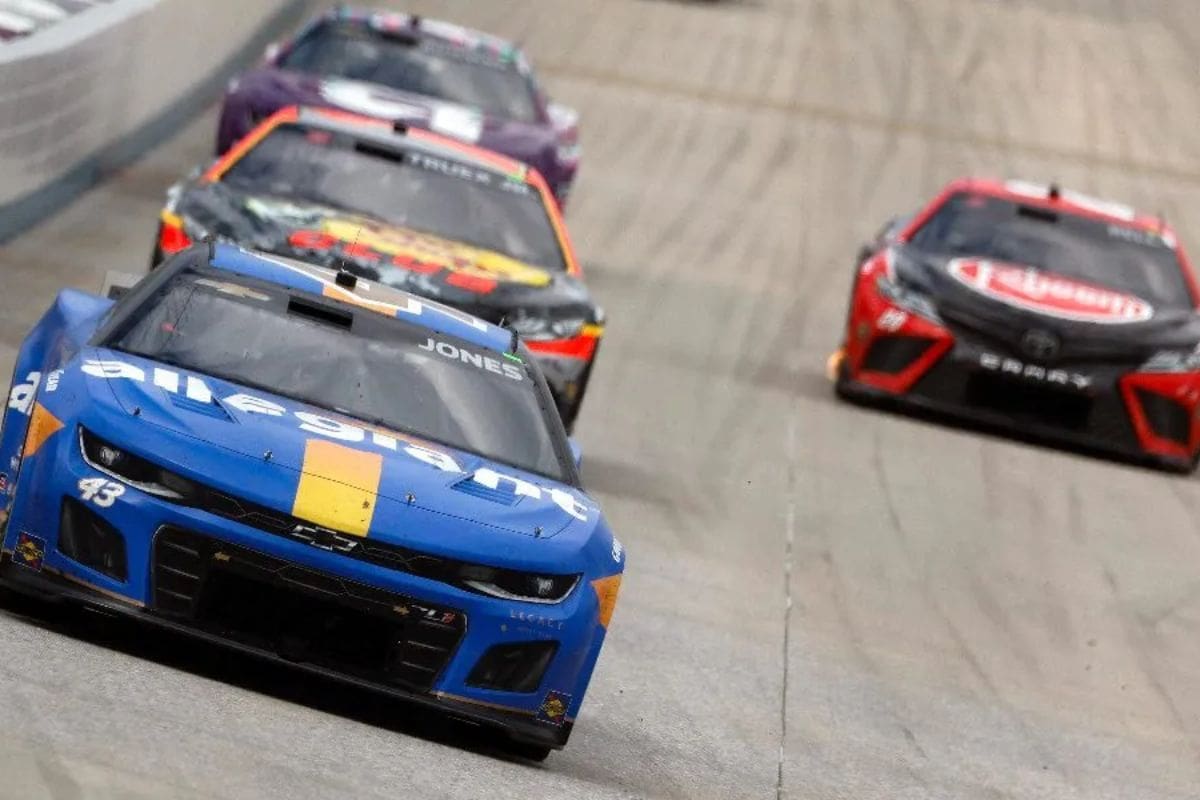Cale Yarborough’s Ex-Crew Chief Saved NASCAR: The transformation of NASCAR’s tactical landscape can be traced back to the groundbreaking decisions made by Cale Yarborough’s former crew chief, whose foresight proved crucial in guiding the sport through challenging times. By embracing emerging technologies and reimagining race formats, he not only guaranteed improved safety and performance but also reinvigorated audience engagement through key partnerships. This multifaceted approach honored the legacy of the Winston-Cup era and positioned NASCAR for sustained relevance. Yet, as we investigate the implications of these bold moves, one must consider the underlying challenges that remain.
Key Highlights
- Cale Yarborough’s ex-crew chief implemented innovative race formats, enhancing audience engagement and revitalizing interest in NASCAR.
- Strategic partnerships formed by the crew chief expanded NASCAR’s reach, attracting new sponsors and fans alike.
- Emphasizing technology integration improved race safety and performance, ensuring a competitive edge in a changing landscape.
- Long-term vision focused on sustaining NASCAR’s relevance amid evolving sports entertainment trends, maintaining its cultural significance.
- Bold decisions during critical periods laid the foundation for NASCAR’s growth, echoing the legacy of champions like Yarborough.
NASCAR’s Dynamic Mix of Talent
NASCAR’s dynamic mix of talent encompasses a broad spectrum of drivers, each contributing to the sport’s rich tapestry. This blend not only highlights the evolution of skills and strategies but also emphasizes the emotional resonance that both fresh-faced rookies and legendary veterans bring to the track.
Harrison Burton’s unexpected victory at Daytona serves as a example of how new talent can disrupt established narratives, enchanting fans and reinvigorating interest in the sport. Such moments remind us that NASCAR is as much about individual successes as it is about team dynamics and tactical insight.
Conversely, figures like Cale Yarborough represent the enduring legacy of NASCAR’s historical icons. Yarborough, as the initial driver to achieve three consecutive Cup Series championships, exemplifies the blend of raw talent and tactical acumen required for sustained success at the highest levels. His achievements resonate through generations, inspiring current drivers to emulate his tenacity and skill.
The contrast of Yarborough’s storied past with the promising potential of newcomers like Burton reflects a significant element of NASCAR’s appeal: the seamless shift between eras while maintaining competitive integrity.
Dale Earnhardt Jr.’s Podcast and Travis Carter’s Insight
The rich narratives of NASCAR’s past continue to resonate in contemporary discussions, particularly through platforms like Dale Earnhardt Jr.’s podcast, The Dale Jr. Download. This engaging medium serves as a conduit for fans to investigate the intricacies of the sport’s history, particularly through episodes featuring important figures like Travis Carter, former crew chief for Cale Yarborough. Carter’s insights into NASCAR’s golden era reveal the tactical decisions that shaped the future of the sport.
In a remarkable episode, Carter shared a compelling narrative about a sponsorship deal that he described as having “saved NASCAR.” The conversation with Earnhardt Jr. probed into the evolution of the sport and the crucial moments that defined it. A particularly exchange occurred when Earnhardt Jr. asked Carter about his aspirations for ownership, prompting Carter to reflect on the guidance he received early in his career.
“That was always my goal when I was working for Mr. DeWitt. I said, ‘Well, I can’t be a driver.’ I remember Buddy Baker telling me early on, ‘You need to do what you do because you’ll have a lot better chance to have a better career.”
Well, I mean, you probably know it, but he’s the one that took R.J. Reynolds to NASCAR to be the series sponsor. I mean, they went to him talking about sponsoring four or five cars, and he said, ‘You need to talk about sponsoring this series.’ Between you and me, and you probably know it, that saved NASCAR.” – Carter
"Between you and I, that saved NASCAR." 😳 pic.twitter.com/lD8zkjSfLF
— Dirty Mo Media (@DirtyMoMedia) September 5, 2024
The Crucial Sponsorship Deal and Its Impact on NASCAR
Sponsorship success has played a vital role in shaping the path of motorsport, particularly in the context of NASCAR’s evolution. The introduction of R.J. Reynolds Tobacco Co. as the series sponsor in 1971 marked a revolutionary moment for NASCAR, raising it from a regional pastime to a nationally recognized sport.
Travis Carter’s insights highlight the tactical foresight of Junior Johnson, who recognized the potential for a singular sponsor to galvanize the entire series. Rather than simply backing individual cars, the vision of a series-wide sponsorship fundamentally altered the financial landscape of NASCAR.
The 33-year partnership with R.J. Reynolds laid the groundwork for NASCAR’s growth, providing substantial funding that enabled teams to improve their competitive capabilities, invest in technology, and boost marketing efforts. This sponsorship not only solidified NASCAR’s presence in the sporting world but also attracted extra corporate interest, leading to a proliferation of sponsorship deals across the series.
Furthermore, the “Winston” brand became synonymous with NASCAR, creating a cultural connection that increased fan engagement and attendance. The success of this sponsorship model illustrated the power of tactical partnerships, influencing how teams and series engage with sponsors today.
Teal initiated by Junior Johnson and R.J. Reynolds remains a reflection of the essential role that robust sponsorships play in not just sustaining but propelling a sport forward. As NASCAR continues to navigate the complexities of modern sports marketing, the lessons learned from this era remain invaluable for future growth and sustainability.
The Winston Cup Era and Its Legacy
During the Winston Cup era, which spanned from 1971 to 2003, NASCAR experienced remarkable growth that indelibly shaped the sport. Officially branded as the Winston Cup Series, this period became a hallmark of competitive racing, innovation, and fan engagement. The initial moniker, the Winston Cup Grand National Series, was modified in 1986, yet the essence remained unchanged.
Winston’s considerable financial backing was crucial, driving improvements in track infrastructure and expanding marketing efforts that successfully drew millions of fans to both live events and televised broadcasts.
This era also witnessed the emergence of legendary drivers, with Cale Yarborough standing out as the winningest driver in Cup Series history. His 55 victories and three championships, achieved in the iconic No. 11, highlighted his skill and tenacity. Yarborough’s success was not solely a product of his driving skills; it was also notably influenced by tactical decisions made by his crew chief, Travis Carter, whose insights helped optimize race performance.
The legacy of the Winston Cup era is multifaceted. It not only solidified NASCAR’s status as a major sporting franchise but also established the foundation for future growth.
The increased visibility and popularity during this time paved the way for future sponsorship deals and partnerships, ensuring that NASCAR would evolve into a global phenomenon. The combination of competitive excellence, tactical innovation, and robust financial support transformed NASCAR, setting the stage for the dynamic sport it is today.
Cale Yarborough: The Legend
Cale Yarborough’s impact on NASCAR transcends his impressive statistics and accolades, marking him as a groundbreaking figure in the sport’s history. His achievements, particularly the initial driver to secure three consecutive championships from 1976 to 1978, set a benchmark that reshaped competitive excellence within the domain of stock car racing.
With a staggering 84 wins, Yarborough remains the sixth-winningest driver of all time, a reflection of his skill on the track.
Yarborough’s dominance extended beyond victories; he also established a remarkable record for the most poles in a single season, starting from the front 14 times in 1980. This feat highlights his extraordinary qualifying speed, solidifying his legacy as one of NASCAR’s quickest qualifiers in its modern era.
His induction into NASCAR’s 50 Greatest Drivers in 1998 and subsequent Hall of Fame enshrinement in 2012 further exemplify his lasting influence on the sport.
Beyond his driving career, Yarborough’s contributions continued as he ventured into team ownership with Cale Yarborough Motorsport and investigated the agriculture sector. His multifaceted involvement signifies a commitment to NASCAR that extends far beyond the racetrack, inspiring future generations of drivers and team owners.
Yarborough’s legacy is not merely one of records and championships; it embodies the spirit of innovation and dedication that has propelled NASCAR into the mainstream consciousness.
News in Brief: Cale Yarborough’s Ex-Crew Chief Saved NASCAR
Cale Yarborough’s ex-crew chief exemplified the impact of inventive leadership in NASCAR, effectively steering the sport through a groundbreaking period. By embracing technological advancements and fostering tactical partnerships, a sustainable framework for growth and audience engagement emerged. The revitalization of NASCAR not only paid homage to the Winston Cup era’s legacy but also guaranteed the sport’s continued relevance and competitiveness in a rapidly evolving landscape. This bold tactical maneuver ultimately safeguarded NASCAR’s future, reinforcing its status as a premier motorsport.
ALSO READ: Cale Yarborough’s Legacy: A Remarkable NASCAR Journey



